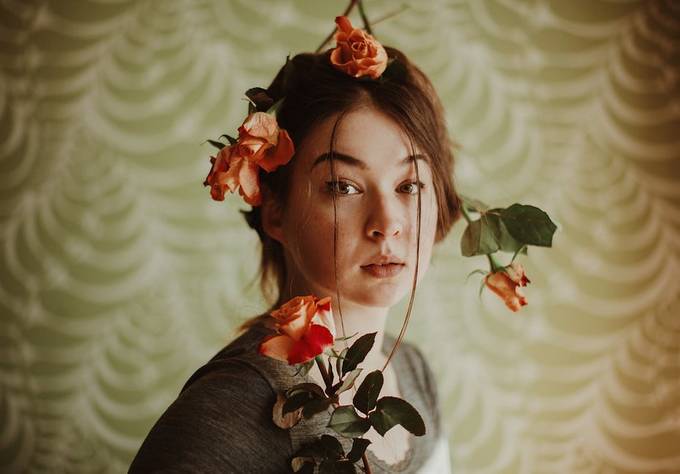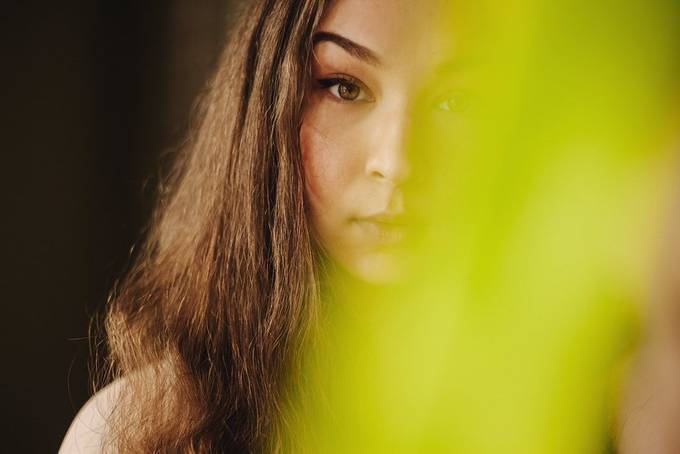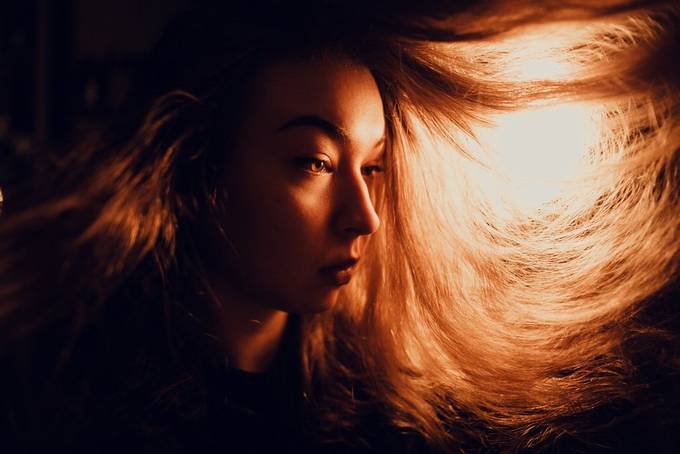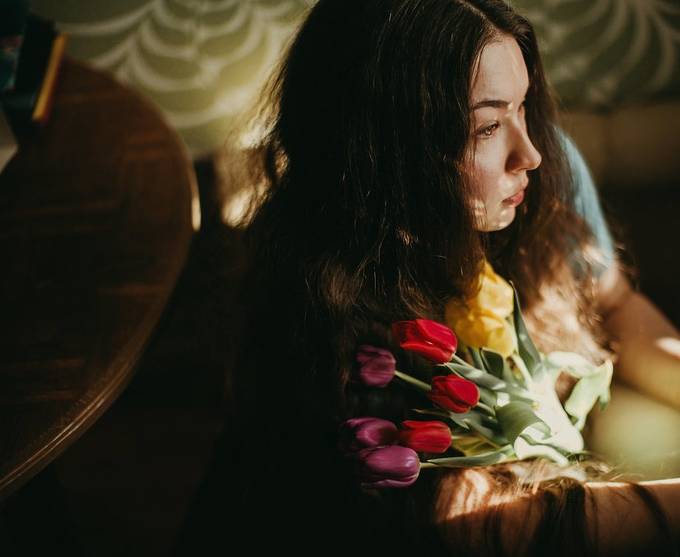It goes without saying that light is an important part of portraiture. No matter how experienced you are, there's always something new you can do to take outstanding photographs of people.
Here are our top 10 lighting tips for portrait photographers.
#1 Adjust Your Camera Settings Manually
Every camera mode has its pros and cons. If you enjoy shooting automatically or using a different camera model, all the power to you! However, if you feel like something is missing in terms of control, you'll probably enjoy shooting manually.
Manual mode will give you control over the following:
1. Color temperature
2. Exposure
3. Shutter speed
4. ISO
...and a long list of other settings that are important in portrait photography.
#2 Create Your Own Budget-Friendly Reflector
Reflectors live up to their name; they reflect light, which makes them the perfect tool for indoor and outdoor portrait sessions. If your model's face is covered in shadows or if you're shooting on a gloomy day, use a reflector.
An average reflector costs less than $20, but it can be quite bulky. If you take self-portraits, you might find it difficult to use a large one on your own. (Personally, this is my biggest obstacle during my self-portrait photoshoots.)
You can avoid this by creating your own reflector. A large sheet of foil or paper can be just as effective as a professional reflector. If you need something bigger, you can use a white bedsheet or a white T-shirt. You can adjust the size depending on your preferences.
#3 Artificial Indoor Light Isn’t as Scary as It Looks
Indoor portrait photography has a lot of potential. You don't need to worry about weather conditions or time in the comfort of your home! Don't worry about investing in professional artificial lighting equipment. A torch, lamp, and even the ceiling light in your kitchen are enough.
The key is to be conscious of color temperature. Standard artificial light can look unflattering in portrait photography. Adjust the color temperature in your camera so that your photos don't look too warm or too cold. You can also easily adjust the temperature in an editing program. Slightly desaturate the oranges and yellows in your photos to give your portraits a natural look.
#4 Face the Light
Your model doesn't need to face the light completely, but at least half of their face should be evenly lit. A small change in position can make a great difference. If the light is right above your model, ask them to lift their head and face the light. If they don't lift their head, the light will cast unflattering shadows on their face. Simple but effective, right?
Of course, there are exceptions to every rule. Feel free to experiment with different angles and techniques.
#5 Be Conscious of Background Lighting
When you take photos of people, it's easy to focus on their faces only. Everything else fades into the background. (No pun intended.) In reality, every aspect of your frame is important, especially background lighting.
Before you start taking photos, study your location. Is the background too bright? Are there any shadows in the background that could make your photograph look more interesting?
#6 Shoot Through Fabric to Soften Harsh Light
Many portrait photographers avoid having photoshoots at noon. When the sun is right above your subject, it can create unflattering shadows on their face. However, this doesn't mean you need to completely avoid taking photos when the light is harsh.
Harsh light can easily be softened with the help of curtains, thin bedsheets, and even an umbrella. Your model (or an assistant) can hold the fabric above its head. If you don't have access to these things, try taking photos in a shaded area.
#7 Or Create Dramatic Shadows on Sunny Days
Alternatively, you can take stunning photographs by utilizing harsh light. All you need is something to create dramatic shadows on your model's face. This can be lace curtains, hair, flowers, or hands. The more complicated the shadows, the better!
Shadows can help you transform a simple portrait into an eye-catching photo that tells a story. The harsher the light, the more dramatic the shadows will be. The closer the object is to your model, the sharper the shadows will look on their face.
#8 Don’t Be Afraid of Backlight
If the light is behind your model, it will create a beautiful glow around them. Some photographers avoid this type of lighting because it can look dull. To fix this, all you need is another source of light!
Let's say that your model is standing in front of a window on a sunny day. The backlight is making the light on your model's face look flat. An external light source, such as a lamp, will fix this. If you want a softer effect, use a reflector.
#9 Use Simple Props to Reflect Light
Sometimes, all your portrait photography needs is a boost of creativity. There are many lighting accessories that you can buy, but don't forget that you already have enough props at home!
Here are a few things you can use during your photoshoots:
1. Sunglasses or eyeglasses
2. Tinsel garland
3. Foil
4. Christmas lights
Hold these items in front of the lens to reflect light. You can also just include them in the background. Sunglasses and garlands will create beautiful patterns on your model's face. Christmas lights will add a nice boost of light to your background. (If you don't want Christmas-themed photos, use white lights!)
#10 Break the Rules From Time to Time
It's important to be aware of rules and boundaries when it comes to portrait photography lighting. Nonetheless, you shouldn't forget to trust your own creative intuition. If you want to try something different that isn't considered technically perfect or trendy, go for it! You might discover a technique that makes your work look unique.
One of the best ways to discover new tricks is to follow the rules and break them. Experiment with the tips in this article. I'm sure that you'll be able to elevate them using your unique style.
Conclusion
With the help of these 10 portrait photography tips, you'll be able to take photos at any time of day. You don't need to worry about weather conditions, the type of lighting you use, or bold colors.
Embrace your creativity regardless of time, location, and circumstances. This will help you make the most of your potential as a portrait photographer.








